Easter Traditions in the Spanish-Speaking World
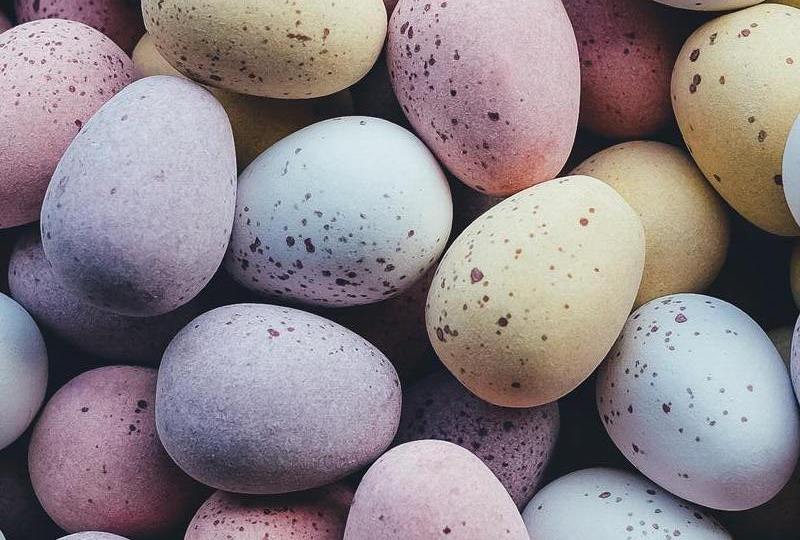
With spring in full bloom, people all over the world are getting ready to celebrate Easter, and the Spanish-speaking world is no exception. Easter is a Christian holiday, and most Spanish-speaking countries are Christian majority countries. The holiday celebrates the resurrection of Jesus Christ after his crucifixion around the year 30 A.D. by the Romans. Many of us think about it as a Christian holiday, though it has its roots in the Pagan tradition that the Romans held before the spread of Christianity.
The name Easter even comes from the Pagan tradition. Though there are a few etymological possibilities, one is that the word is from the English Eostre, who was the Anglo-Saxon goddess of spring and fertility. It could also be from the Latin albis, meaning dawns, that became eostarum in Old High German before making the transition to Easter in modern English. These Pagan roots can also be seen in the traditional use of symbols of fertility such as the egg and the rabbit. In the Spanish-speaking world, rebirth is a common theme throughout this holiday season.
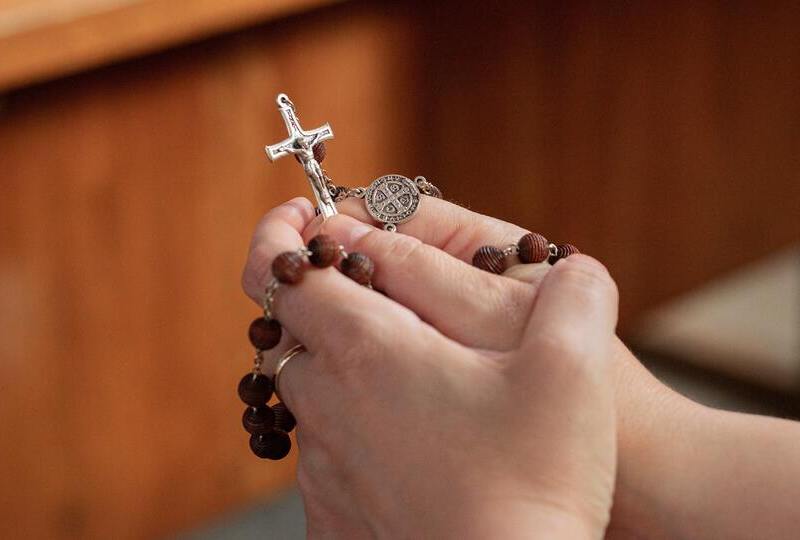
La Semana Santa
La Semana Santa translates to Holy Week in Spanish, and it is the main holiday celebrated in Spanish-speaking countries at this time. It takes place in the week leading up to Easter Sunday. Semana Santa originates in Spain and dates back to the 16th century. It was a way for followers of Catholicism to understand Christ’s crucifixion. The week in Spain lasts from Palm Sunday to Easter Sunday. Today, each country puts their own unique spin on the week and celebrates in their own way.
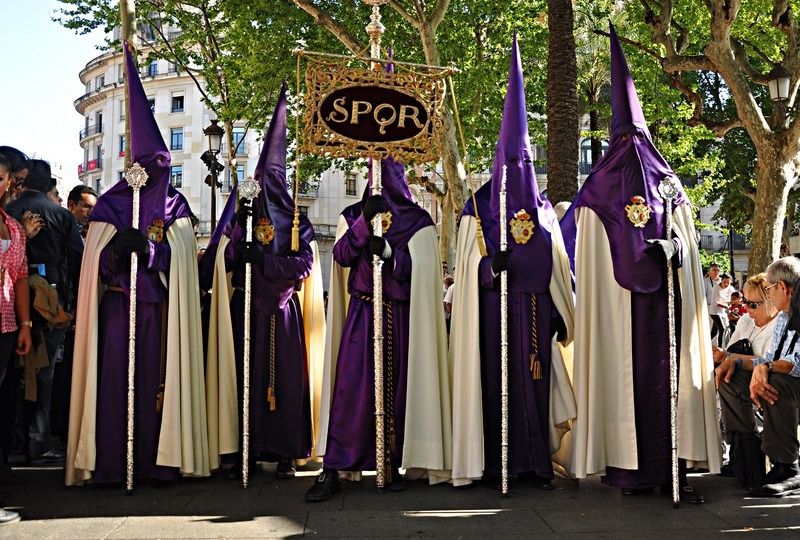
Easter Traditions in Spain
La Semana Santa in Spain is a very solemn and religious event. There are parades and music in the street each day of the week. One of the most famous types of parades includes los cofradías, or brotherhoods. Fraternities march with images of Christ, dressed in robes called nazarenos and pointed hoods called capirotes. The entire face is concealed when the hood is worn, and there is sometimes a cape, as well. Most towns have their own brotherhoods and religious parades.
Málaga is known for having a significant festival during Holy Week. The guest of honor is Antonio Banderas, who promised years ago that he would always go back to Spain for Holy Week. He’s been participating in the festivities in his town of Málaga since he was 7 years old, and to date has made good on his promise. At the time of writing, Banderas’s social media would suggest that he is in Spain getting ready for the festivities!
Another interesting event during Holy Week in Spain is the burning of El Judas. This celebration takes place on the Saturday before Easter. Papier-maché effigies of Judas are created on a large scale and burned or exploded with fireworks! It is practiced in a few other countries, including many Spanish-speaking countries.
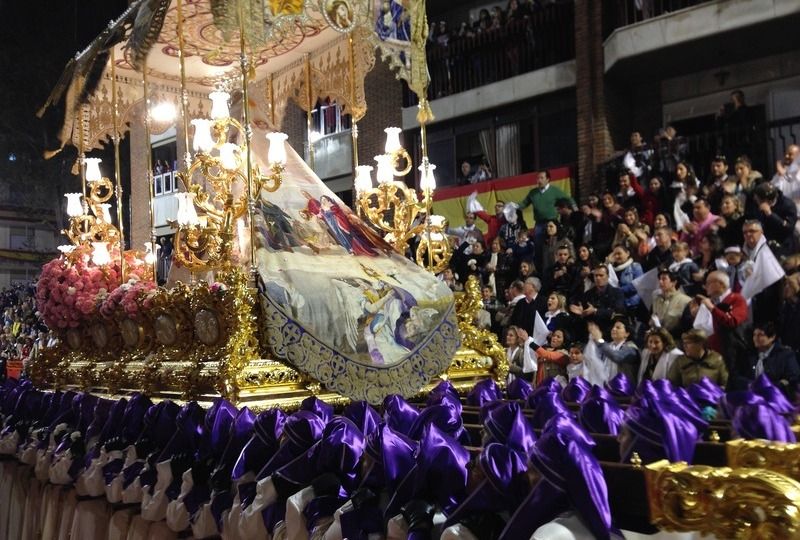
Easter in Mexico and Central America
Holy Week and Easter in Mexico and Central America are inspired by the Spanish tradition and Christianity. Performing the Passion of the Christ is one of the main ways they celebrate Easter. One of the most popular is The Passion in Iztapalapa. Each year, about 3 million people attend this Passion in Cerro de la Estrella, just south of Mexico City. This play has been going on since 1843, and it is taken very seriously. The selection process that the actors go through is quite rigorous, as the candidate for Jesus must endure beatings and carry a cross weighing over 200 pounds. There are months of physical training, and the actor is expected to refrain from drinking, smoking, and sexual activity until his duties are fulfilled.
In addition to the celebration of Christianity, pre-Hispanic culture is also recognized during this time. El Rarámuri is one of the largest indigenous tribes in North America. They live mainly in Chihuahua, Mexico, and they have a tradition called El Tewerichic. This celebration is inspired by their own religion but mixes in some Catholicism, as well. It focuses on good vs evil in the battle between God and the devil. They believe that God was forced to drink tesgüino, an alcoholic drink, and they must protect him until he recovers. They do this through dance, masses, and prayers. It is celebrated during Holy Week, and mirrors the celebration with bright clothing and processions.
Another tradition in Mexico and some other Spanish-speaking countries is that of making cascarones. These are hollowed out eggs that are painted and filled with confetti. They resemble Easter eggs in many other traditions. The egg is a symbol of rebirth used in many cultures during this time of year. The idea of cascarones comes from Spain where eggs were once cracked over childrens’ heads if they did something wrong. These bright, confetti eggs are cracked over people's heads during Easter in Mexico.
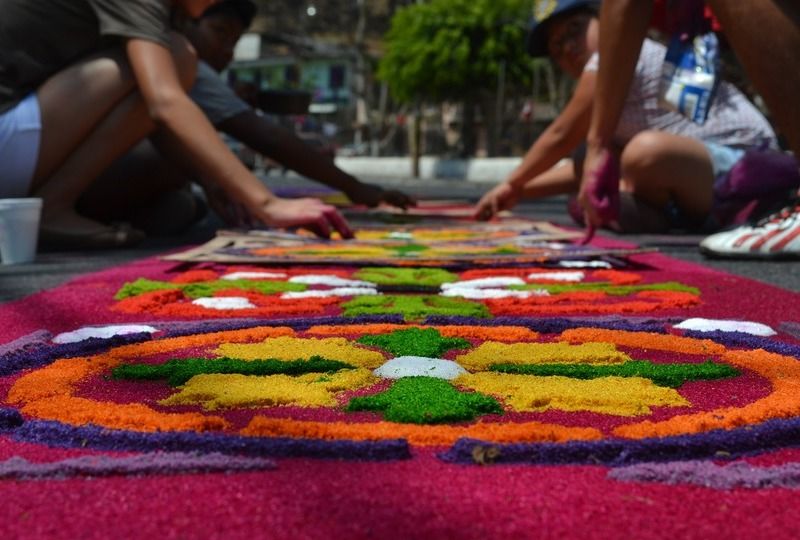
Holiday Customs in South America
Easter and Holy Week in South America are taken very seriously. In Peru, Ayacucho is worth noting, as it is referred to as the “city of churches”. Many people travel to Ayacucho with the intention of celebrating Holy Week there. They can expect to find religious processions, as well as running of the bulls! In addition, tourists in Ayacucho can appreciate unique cuisine and buy artisanal goods in local markets.
In many Spanish-speaking countries, they have flower rugs that tourists are always excited to see. Local artisans mix flower petals with water to create intricate images. Sometimes local school children participate and make images of their own. While flower petals make up the majority of the artwork, other items, such as orange peels, coffee grinds, and yarn can be used. Most of the images are religious in nature. They line the streets with these flower pictures before parades. During the religious processions, the artwork is destroyed when the religious officials and volunteers walk over them. Hours of work are appreciated fleetingly before getting swept up in by religious robes.
While the traditions of South America seem different than those one might find in the United States or in Europe, there are some countries, like Paraguay, where they celebrate with chocolate and Easter eggs. Regardless of the country, food always accompanies the festivities! In Peru, shrimp soup and stuffed peppers would be on the menu. Salted cod can also be expected in many countries, a dish imported from Spain. In Argentina, Rosca de Pascua is enjoyed. It’s a version of Mexican Three King’s Bread, and though not quite the same, it is similar to King Cake which is eaten for Mardi Gras in New Orleans.
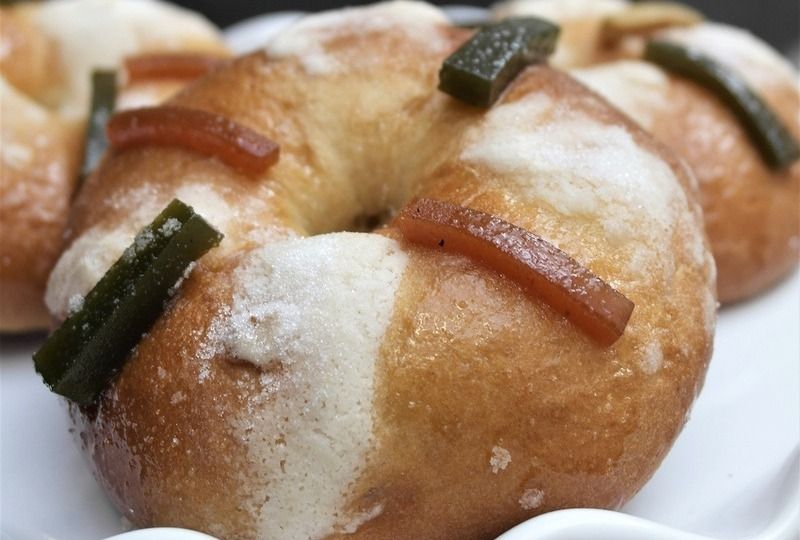
Try a New Tradition This Holiday
If you celebrate Easter, consider trying something new this year! Get out and interact with Hispanic people and learn about their traditions. Every country has it’s own traditions during this time of year, though there are some celebrations that overlap and happen in many celebrations around the world. If you’re able to travel, consider visiting a Spanish-speaking country in the spring to take advantage of these unique celebrations. The flower rugs are very beautiful and often attract tourists from around the world. Experiencing this aspect of Spanish culture is another way to expand your horizons and contextualize your language learning with the addition of cultural information.